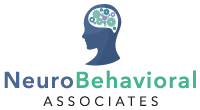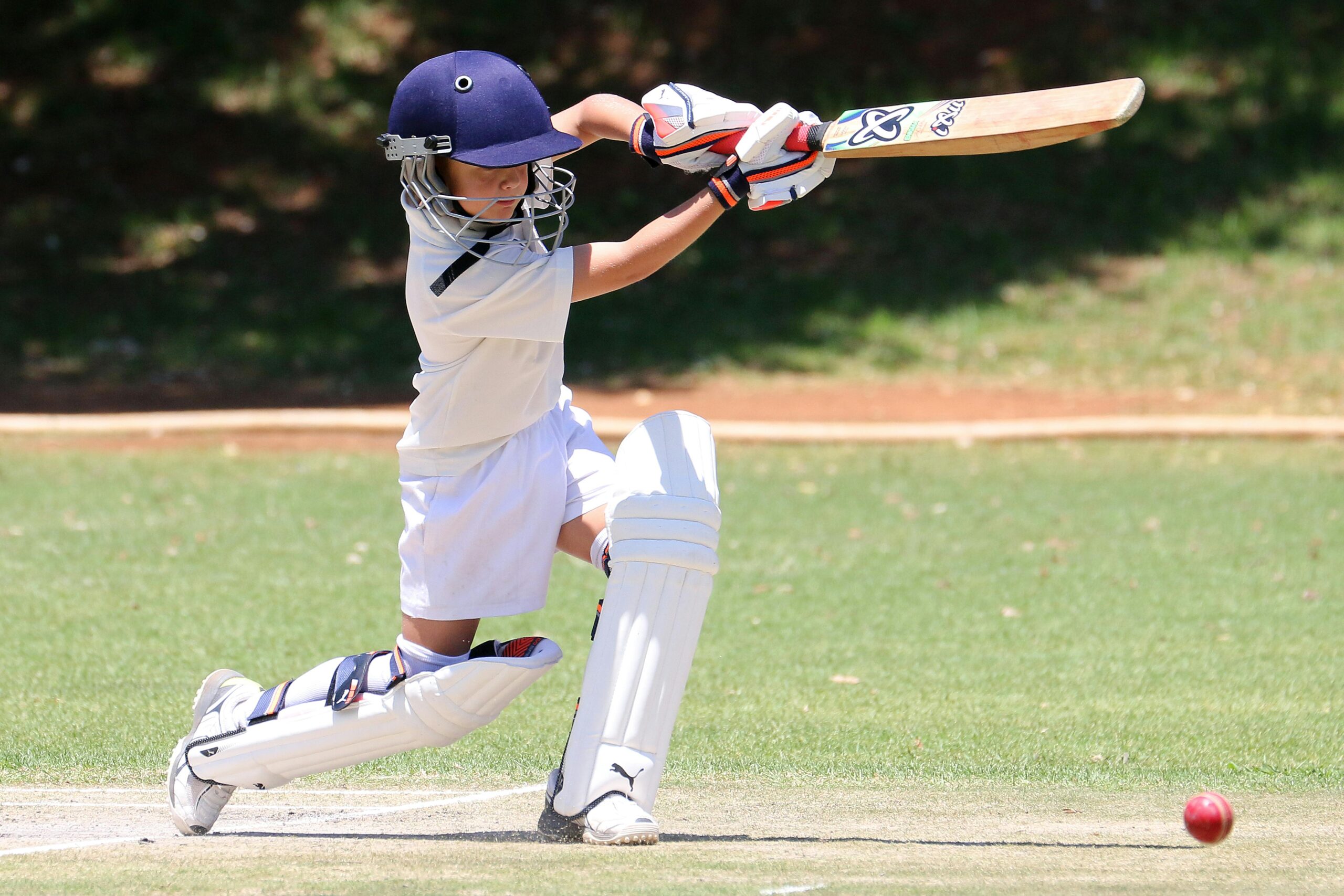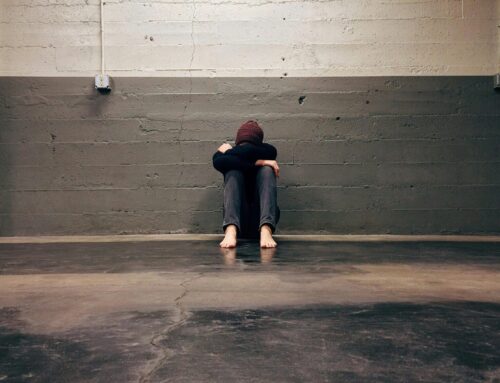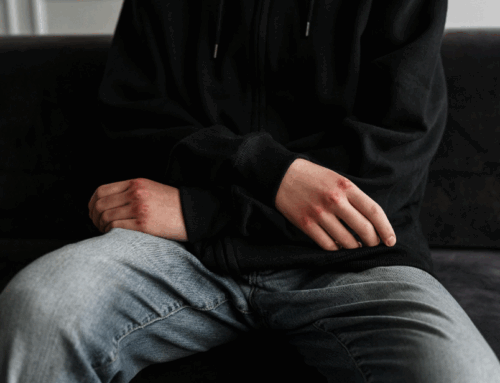If your child engages in sports or other physical activities, chances are you’ve been warned about the risks of traumatic brain injuries, also known as TBI for short. The truth is, your child doesn’t need to be a Division I athlete to be at risk for a TBI. Accidents can happen anywhere, which is why it’s essential to recognize the signs and symptoms. In this article, we’ll explore how to spot a TBI so you can stay informed and know when to seek help when it matters most.
What Is a TBI?
You might be asking yourself, what exactly is a TBI, or traumatic brain injury? A TBI is caused by an external force that causes trauma to the brain. This can occur from falling, car accidents, sporting injuries, or any other incident that causes the brain to come into contact with the skull.
Physical Symptoms
Let’s start with the physical symptoms your child might experience if they are suffering from a traumatic brain injury, so you can act fast and identify when to seek help. Here are some of the most common signs to look out for:
Headaches – Headaches are one of the most common signs, particularly if they are persistent or worsening over time.
Dizziness– Dizziness may also occur, often accompanied by nausea and vomiting.
Loss of Balance – If your child seems disoriented or unsteady on their feet, this is a warning sign.
If your child exhibits any of these symptoms, it’s important to seek medical attention right away.
Cognitive & Emotional Symptoms
In addition to physical symptoms, cognitive issues are another indication of a traumatic brain injury. Confusion, difficulty understanding their surroundings, trouble following conversations, or disorientation can all signal a problem. TBIs can also cause memory problems, such as difficulty recognizing familiar people or places. Difficulty concentrating and slower-than-usual thinking may become apparent, especially if you’re asking your child basic screening questions such as where they are, personal information, or to recall what has happened to them.
Traumatic brain injuries can also lead to emotional and behavioral changes such as rapid mood swings, irritability, or anger. If your teen is already experiencing mood swings, look for patterns outside of the ordinary. Pay attention to how your child interacts with loved ones and whether their behavior has changed significantly. Feelings of worry or hopelessness can also accompany a TBI, as your child grapples with the physical and mental challenges of recovery.
Patients with traumatic brain injuries often experience disruptions in their sleep patterns. This might involve sleeping more or less than usual, depending on their body’s response. These changes could be a result of the body trying to recover or battling symptoms that interfere with rest.
What to Do if You Suspect a TBI
If you notice any of these symptoms – it’s time to seek help. If you suspect your child is suffering from a traumatic brain injury, contact a medical professional immediately so that they can begin a treatment plan to help your child begin their road to recovery. Let’s explore a few treatment plans you can expect.
Treatment for a TBI
Depending on the severity of your child’s injury, your doctor may prescribe a variety of treatment options including:
General Monitoring – Check vital signs, track recovery progress, and report back to the child’s healthcare provider.
Medications – In some cases, anti-seizure medications or coma-inducing drugs may be prescribed.
Rehab – Physical therapy, speech and language therapy, and cognitive therapy can be recommended.
If you suspect your child might be suffering from a TBI, do not hesitate to seek help. As they embark on their recovery plan, our specialists at NeuroBehavioral Associates are here to support you and guide your child through the therapy and rehabilitation journey ahead. While it might not be an easy road, having a professional to guide you through it can make all the difference!






